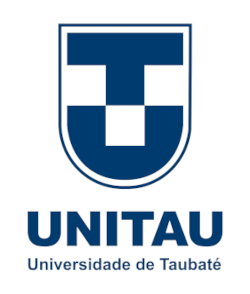Production and quality of Eugenia involucrata DC. seedlings on different substrates
Keywords:
características morfológicas, Myrtaceae, cerejeira-do-mato.Abstract
The use of substrates formulated with agro-industrial residues such as coconut fiber, sawdust and carbonized rind of rice is one of sustainable alternatives to decrease production costs of plant species. Thus, the objective of this work was to evaluate the effect of different substrates on the yield and quality of seedlings of Eugenia involucrata DC. The work was done in greenhouse covered with low density polyethylene (LDPE) of 100 µm and sombrite 50%. The treatments consisted of four substrates being: S1) 50% commercial substrate Plantmax® + 50% rice husk; S2) commercial substrate Plantmax®; S3) 50% commercial substrate Plantmax® + 50% coconut husk and S4) commercial substrate Plantmax® + 50% sawdust substrate. The treatments were arranged in a completely randomized design with four replications. Seeds were sown in tubes of 200 cm3 polypropylene. Every three days during 90 days the counting of seedlings that emerged were made to calculate the index speed of emergence. From 180 days after emergence was calculated emergence percentage, and other biometric characteristics, such as aerial length, stem diameter , number of leaves , fresh pasta and dry shoot, root and total , and the Dickson quality index was also calculated. Based on these results, there was no significant difference in percentage of emergence, speed of emergence index and stem diameter for the tested substrates. The results indicate that the substrate containing sawdust provided a delay in the emergence of this species. The substrates containing rice hulls and coconut fiber were satisfactory growth of seedlings of E. involucrata. The use of substrates made from renewable materials such as coconut fiber and / or rice husk, the latter abundant in the Pampa Biome region can be shown to produce seedlings, being environmentally viable uses them for propagation of the species.
style='mso-bidi-font-style:normal'>E. involucrata. A utilização de substratos feitos com materiais renováveis, como fibra de coco e/ou casca de arroz, este último abundante na região do Bioma Pampa, pode ser indicada para produção de mudas, sendo viável ecologicamente utilizá-los para propagação desta espécie.


